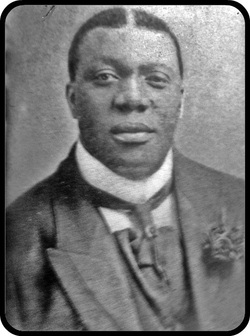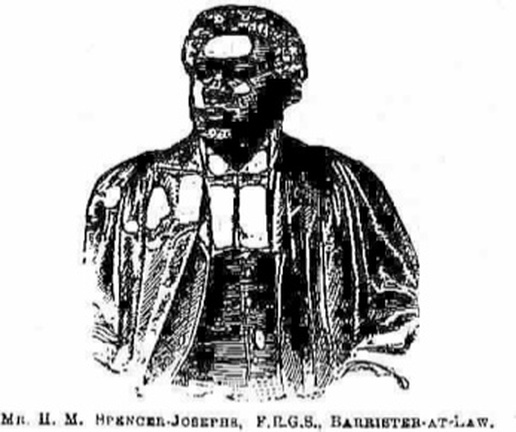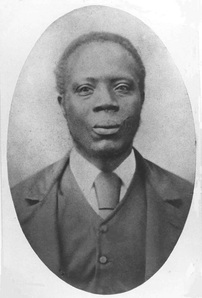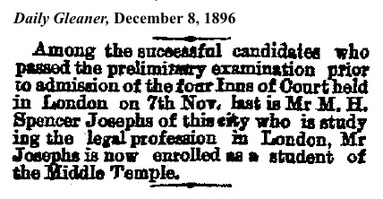Baptisms in St Thomas, 1862
|
Matthew Henry Spencer Joseph was a barrister from 1899 to 1903; the son of the Black schoolmaster, Matthew Joseph, he was born in Trinity Ville, St Thomas in the East, on November 28, 1861. Matthew Joseph, who gave his son his early education, had apparently intended him to be a lawyer from an early stage, but this plan was aborted because of financial losses from the publication of his book of poems in 1876. So instead of being articled to a well-known Kingston lawyer, Matthew Henry attended the Mico College, where he placed first throughout his course, and then followed his father in the teaching profession in 1880. He taught for some time at the Vere Free Schools, but resigned to become articled to a Land Surveyor. After receiving his commission from the Governor in 1890, he practised as a Commissioned Surveyor for several years, apparently the first Black Jamaican to do so. One project he worked on was the surveying of Rollington Pen for division into house lots.
|
|
His health was not good, so he gave up his profession as a surveyor to follow the old plan of becoming a lawyer. He went to London, to the Middle Temple, and was called to the bar on June 15 1899. While in Britain he became a Fellow of the Royal Geographical Society, and a member of the Hardwicke Debating Society, and, as a prominent Freemason, he visited many Masonic lodges there; he had the patronage of the President of the Royal Geographical Society, Sir Clements Markham, and of the Duke of Teck. While in London he married Grace Ada Evens, and the arrival of the Black lawyer and his White wife in Philadelphia in 1903 when they were on their way to Bermuda elicited comment in the local newspaper; interestingly no such comment appears in the Jamaican papers.
|
However, this interesting account appeared in an article on Jamaica, in a U.S. magazine in 1901:
GUNTON'S MAGAZINE |
He returned to Jamaica in 1899 and was admitted to the Jamaican Bar. He practised successfully in the island for the next few years and also participated in public life. He gave public lectures, including presiding and speaking at a meeting in 1901 to re-organise the Artizans’ Union, an early attempt at a Trade Union. In 1903 he went to Bermuda to take up cases related to the treatment of Jamaican labourers in that island. He fell ill and died early in September 1903, causing widespread grief and shock in both Jamaica and Bermuda. A very large concourse of people attended his funeral, the Masonic fraternity taking care of the arrangements. He died at the comparatively early age of 42, so his full potential was never revealed. It was reported at the time of his death that it had been expected that he would be made a KC; if this had happened, he would have been the first Black Jamaican to achieve that status, eight years before Hector Josephs actually did so.
(NB His surname, as for Hector Joseph(s), is spelled both as Joseph and Josephs; on his birth certificate the Christian names are ‘Matthew Henry’, but Mr Joseph is often given the initials ‘H M’.)








